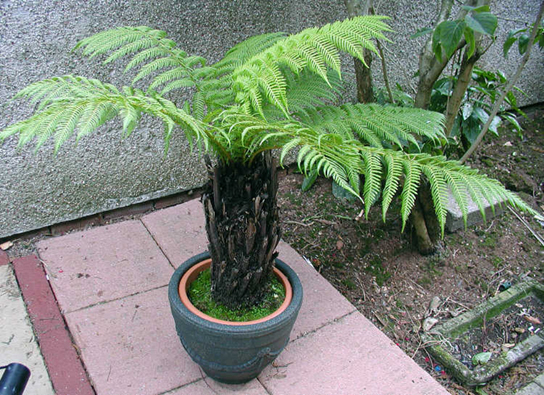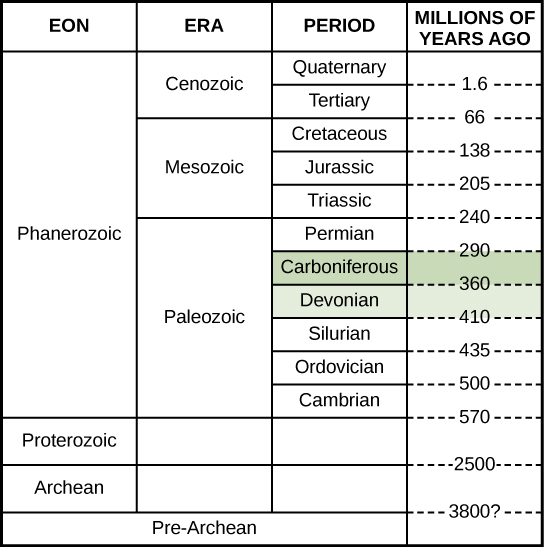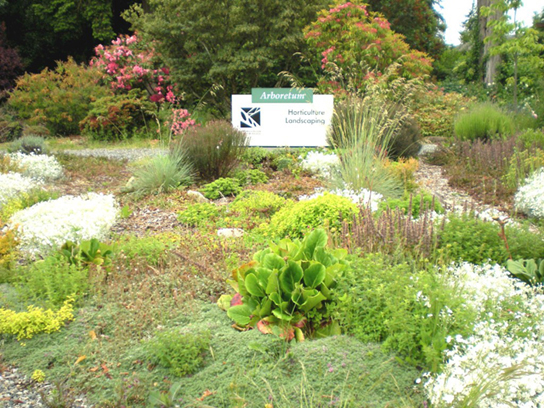| << Chapter < Page | Chapter >> Page > |
With their large fronds, ferns are the most readily recognizable seedless vascular plants ( [link] ). About 12,000 species of ferns live in environments ranging from tropics to temperate forests. Although some species survive in dry environments, most ferns are restricted to moist and shaded places. They made their appearance in the fossil record during the Devonian period (416–359 million years ago) and expanded during the Carboniferous period, 359–299 million years ago ( [link] ).


Go to this website to see an animation of the lifecycle of a fern and to test your knowledge.
A landscape designer will plan traditional public spaces—such as botanical gardens, parks, college campuses, gardens, and larger developments—as well as natural areas and private gardens ( [link] ). The restoration of natural places encroached upon by human intervention, such as wetlands, also requires the expertise of a landscape designer.
With such an array of required skills, a landscape designer’s education includes a solid background in botany, soil science, plant pathology, entomology, and horticulture. Coursework in architecture and design software is also required for the completion of the degree. The successful design of a landscape rests on an extensive knowledge of plant growth requirements, such as light and shade, moisture levels, compatibility of different species, and susceptibility to pathogens and pests. For example, mosses and ferns will thrive in a shaded area where fountains provide moisture; cacti, on the other hand, would not fare well in that environment. The future growth of the individual plants must be taken into account to avoid crowding and competition for light and nutrients. The appearance of the space over time is also of concern. Shapes, colors, and biology must be balanced for a well-maintained and sustainable green space. Art, architecture, and biology blend in a beautifully designed and implemented landscape.

Seedless nonvascular plants are small. The dominant stage of the life cycle is the gametophyte. Without a vascular system and roots, they absorb water and nutrients through all of their exposed surfaces. There are three main groups: the liverworts, the hornworts, and the mosses. They are collectively known as bryophytes.
Vascular systems consist of xylem tissue, which transports water and minerals, and phloem tissue, which transports sugars and proteins. With the vascular system, there appeared leaves—large photosynthetic organs—and roots to absorb water from the ground. The seedless vascular plants include club mosses, which are the most primitive; whisk ferns, which lost leaves and roots by reductive evolution; horsetails, and ferns.

Notification Switch
Would you like to follow the 'Concepts of biology' conversation and receive update notifications?